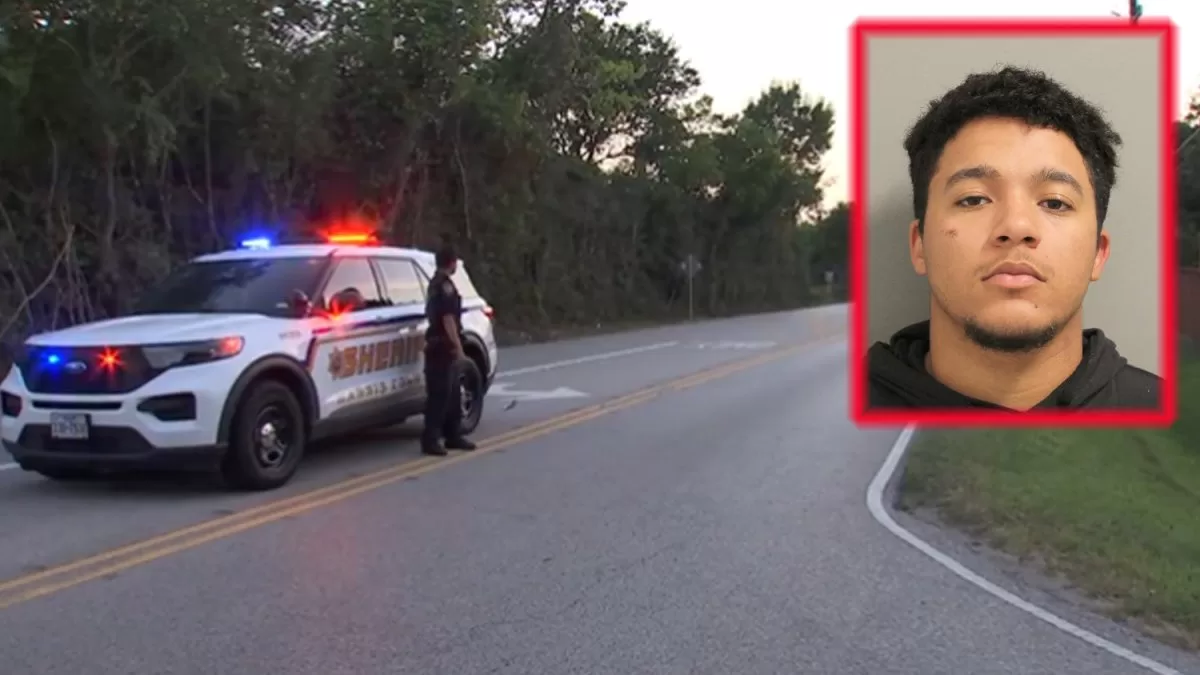A cluster munition is a bomb that opens in midair, releasing submunitions (or bomblets) over a wide area. Bomblets are designed to take out tanks and ammunition, as well as soldiers, by hitting multiple targets at the same time.
The munitions are delivered with the same artillery pieces that the United States and its allies have already provided to Ukraine for the war, such as howitzers, and the type of cluster munition that the United States plans to send is based on a common 155mm projectile that It is widely used on the battlefield.
In previous conflicts, cluster munitions have had a high dull rate, meaning thousands of unexploded submunitions were left behind, killing or maiming people decades later. The United States last used its cluster munitions in a battle in Iraq in 2003, and decided not to continue using them as the conflict moved to more urban settings with denser civilian populations.
On Thursday, Brigadier General Pat Ryder said the US Department of Defense has “multiple variants” of the munitions and “the ones we are considering providing will not include older variants with (unexploded submunition) rates greater than 2, 35%”.
___
WHY PROVIDE THEM NOW?
For more than a year, the United States has been dipping into its own stocks of traditional 155mm howitzer ammunition, shipping more than 2 million rounds to Ukraine. Its allies in other parts of the world have provided hundreds of thousands more.
A 155mm round can hit targets as far as 24 to 32 kilometers (15 to 20 miles) away, making it the ammunition of choice for Ukrainian ground troops trying to hit enemy targets from a distance. Ukrainian forces are firing thousands of rounds a day in their fight against the Russians.
Yehor Cherniev, a member of Ukraine’s parliament, told reporters at a German Marshall Fund event in the United States a few months ago that Kiev would probably need to fire between 7,000 and 9,000 rounds a day in its counteroffensive. This shows that there is a lot of pressure on the reserves of the United States and its allies.
The cluster bomb is an attractive option because it would help Ukraine destroy more targets with fewer projectiles, and since the United States hasn’t used them in a conflict since Iraq, it has large amounts in stock that it can access quickly, Ryan Brobst said. research analyst at the Foundation for the Defense of Democracies.
A March 2023 letter from House and Senate Republican leaders to the Biden administration notes that the United States could have up to 3 million cluster munitions available for use, and urged the White House to send them to alleviate pressure on US war supplies.
“Cluster munitions are more effective than unitary artillery shells because they deal damage over a wider area,” Brobst said. “This is important for Ukraine as it tries to clear heavily fortified Russian positions.”
Tapping into US stockpiles of cluster munitions could help address shell shortages in Ukraine and ease pressure on 155mm ammunition stockpiles in the United States and elsewhere, according to Brobst.
___
IS USING THEM A WAR CRIME?
The use of cluster bombs itself does not violate international law, but using them against civilians may be a violation. As with any attack, determining a war crime requires analyzing whether the target was legitimate and whether precautions were taken to avoid civilian casualties.
“However, the part of international law where this is starting to play (a role) is indiscriminate targeting of civilians,” Mark Hiznay, associate arms director at Human Rights Watch, told The Associated Press. “So that’s not necessarily related to the weapons, but to the way they are used.”
More than 120 countries have joined a convention banning the use of cluster bombs, agreeing not to use, produce, transfer or store them, and to dispose of them after they have been used. The United States, Russia and Ukraine are not signatories to such a convention.
___
WHERE HAVE THEY BEEN USED?
Bombs have been deployed in many recent conflicts, including by US forces.
The United States initially considered cluster bombs an integral part of its arsenal during the invasion of Afghanistan that began in 2001, according to HRW. The group estimated that the US-led coalition dropped more than 1,500 cluster bombs in Afghanistan during the first three years of the conflict.
The Department of Defense planned by 2019 to stop using any cluster munitions that had an unexploded submunition rate greater than 1%. But the Trump administration reversed that policy, allowing commanders to approve the use of such munitions.
Syrian government forces often used Russian-supplied cluster munitions against opposition strongholds during that country’s civil war, frequently hitting civilian targets and infrastructure. And Israel used them in civilian areas in southern Lebanon, including during the 1982 invasion.
During Israel’s conflict with Hezbollah in 2006, HRW and the United Nations accused Israel of using up to 4 million cluster munitions in Lebanon. All of that left unexploded ordnance that remains a risk to Lebanese civilians to this day.
The Saudi-led coalition in Yemen has come under fire for using cluster bombs in its war against Iran-backed Houthi rebels, which have devastated the small Arab nation.
In 2017 Yemen was the country with the second most deaths from cluster munitions after Syria, according to the United Nations. Children have been killed or maimed long after the munitions originally fell, making it difficult to know the true toll.
During the 1980s, the Russians used large-scale cluster bombs during their 10-year invasion of Afghanistan. As a result of decades of war, rural Afghanistan remains one of the most heavily mined countries in the world.
___
WHAT IS HAPPENING IN UKRAINE?
Russian forces have used cluster bombs in Ukraine on a few occasions, according to senior Ukrainian government officials, experts and humanitarian groups. And human rights groups have said that Ukraine has also made use of such weapons.
In the early days of the war there were repeated episodes with Russian cluster bombs, according to groups including Human Rights Watch, including one that hit near a kindergarten in the northeastern city of Ojtirka. Bellingcat, an open-source intelligence group, said its researchers found that cluster bombs were used in that attack, as well as several offensives in Kharkiv, Ukraine’s second-largest city.
As recently as March, a wave of missiles and drones hit some urban areas, including a sustained bombardment in Bakhmut, in the Donetsk region. A short distance west of there, artillery and missile strikes hit the town of Kostiantynivka, and AP journalists in the town saw that at least four injured people were taken to a local hospital. Police claimed that Russian forces attacked the town with S-300 missiles and cluster munitions.
A month later, Donetsk Governor Pavlo Kyrylenko accused Russian forces of attacking the town with cluster munitions, injuring one person. An AP/Frontline database called War Crimes Watch Ukraine has cataloged how Russia has used cluster bombs.
FUENTE: Associated Press






